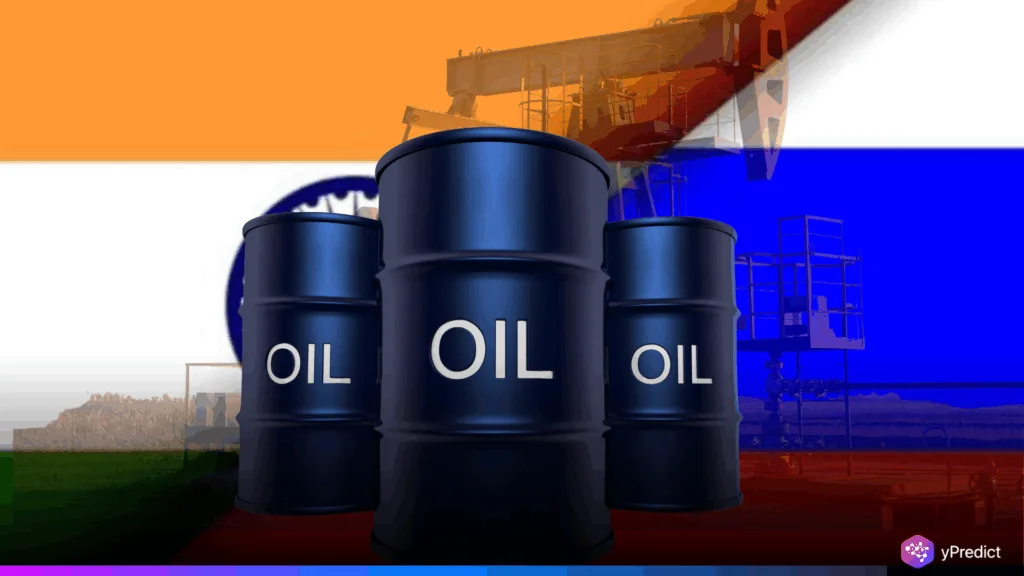
India continues Russian oil imports due to its affordability and dependability, even in the face of global unpredictability. Indian refiners consider economic factors such as cost, logistics, and crude quality when sourcing fuel. A practical solution in the face of severe volatility is also to import Russian oil.
India has avoided oil under U.S. sanctions and adhered to global regulations, including the G7’s price cap on Russian crude. Thus, this strategy has helped to protect India’s economy while promoting increased energy security.
How Russian Oil Imports Benefit Indian Refiners
India’s purchases increased significantly because of lower prices for Russian oil becoming available after Western nations reduced their imports. Crude quality, transit time, and inventory requirements govern the decision-making process. Additionally, Indian Oil Marketing Companies (OMCs) assess every shipment to guarantee operational compatibility and cost-effectiveness.
Brent crude hit $137 per barrel in 2022 due to concerns about a disrupted Russian supply. A price cap allowed trade to continue within predetermined bounds even though sanctions were not directly placed on Russian oil. Furthermore, after buying below $60 to maintain compliance, Indian refiners are preparing for the updated EU cap of $47.6.
This will also be effective in September. India’s strategy reduced the pressure on global markets. As OPEC+ reduced production by 5.86 mb/d, India’s continuous purchases helped balance supply and prevent another price rise. In addition to serving domestic interests, this helped to stabilize the global oil market.
Why Europe Still Leads in Russian LNG
India remained cautious when it came to sanctioned oil, while Europe relied more on Russian LNG. The EU receives over half of Russia’s LNG exports, with China and Japan following in second and third place, respectively. Moreover, Europe continues to be the biggest market for Russian pipeline gas.
Nonetheless, India has continuously shunned trade with countries under sanctions, such as Iran and Venezuela. India has always bought Russian oil by international standards. This sets India’s strategy apart from other nations’ more politically driven energy choices.
Will Energy Security Shape India’s Next Move?
India prioritizes long-term energy security because it imports 85% of its crude needs. It uses a combination of discounted sources and a variety of suppliers. It can lower risks and control expenses because it is the third-largest energy consumer in the world. Strategic reserves, stable partnerships, and adherence to pricing mechanisms are central to its plans. This strategy allows India to safeguard energy security while cooperating with global systems.
Can Russian Oil Imports Keep Markets Stable?
India’s calculated oil sourcing has helped prevent wider economic shocks. By maintaining steady flows within legal boundaries, India avoided triggering new supply crises. Its compliance with the price cap framework while securing favorable deals reflects responsible energy governance.
The nation’s commitment to energy security, price stability, and global norms sets an example for others. As countries review their energy strategies, India’s model of lawful and strategic sourcing stands out. With ongoing global challenges, Russian oil imports will likely remain a cornerstone of India’s pragmatic energy policy.







